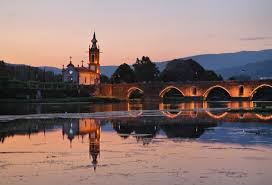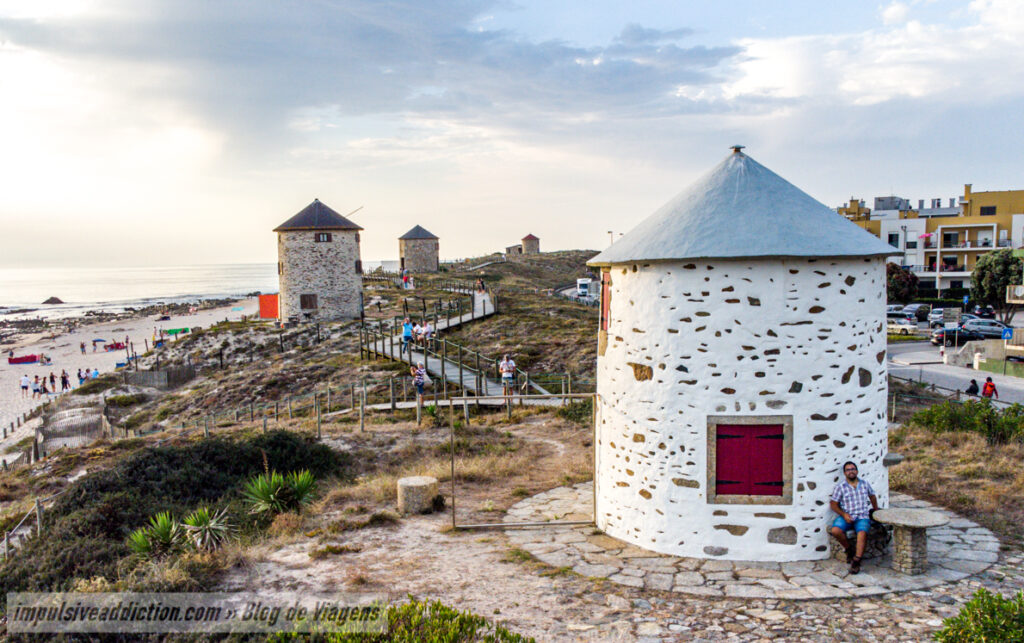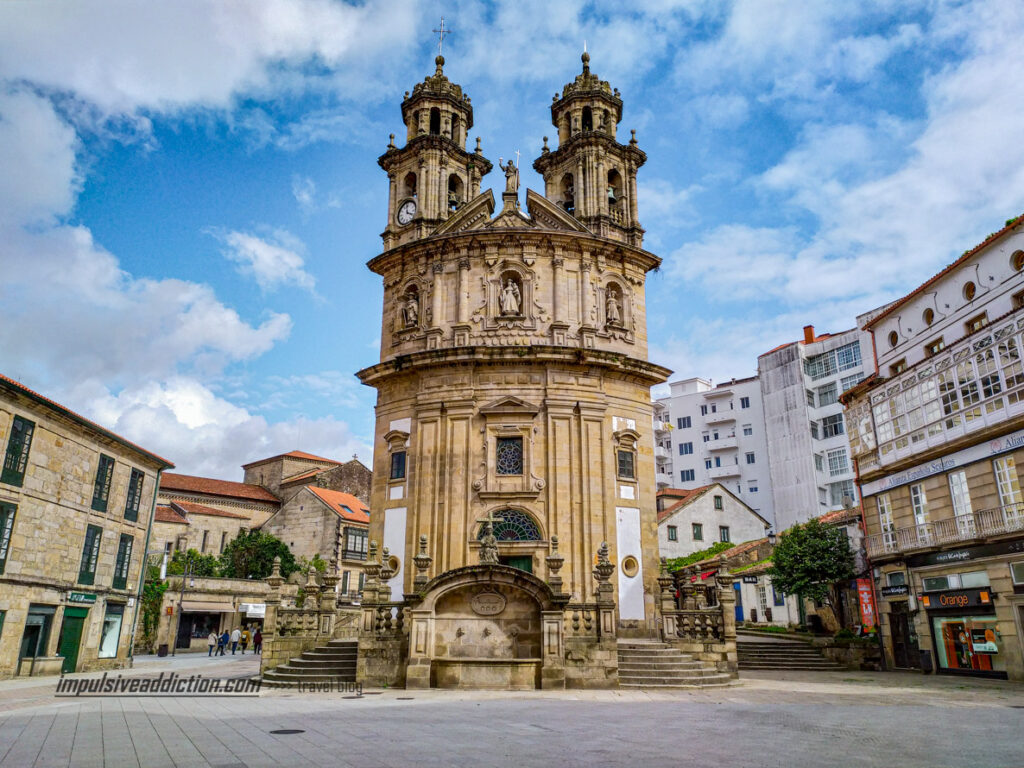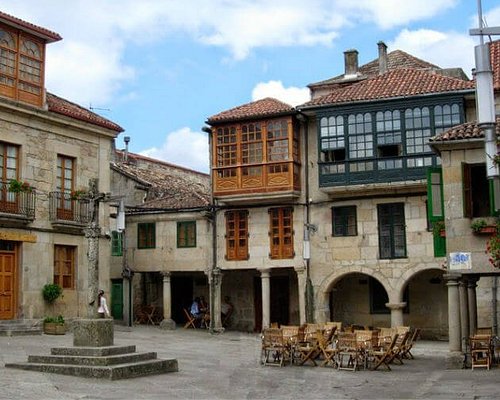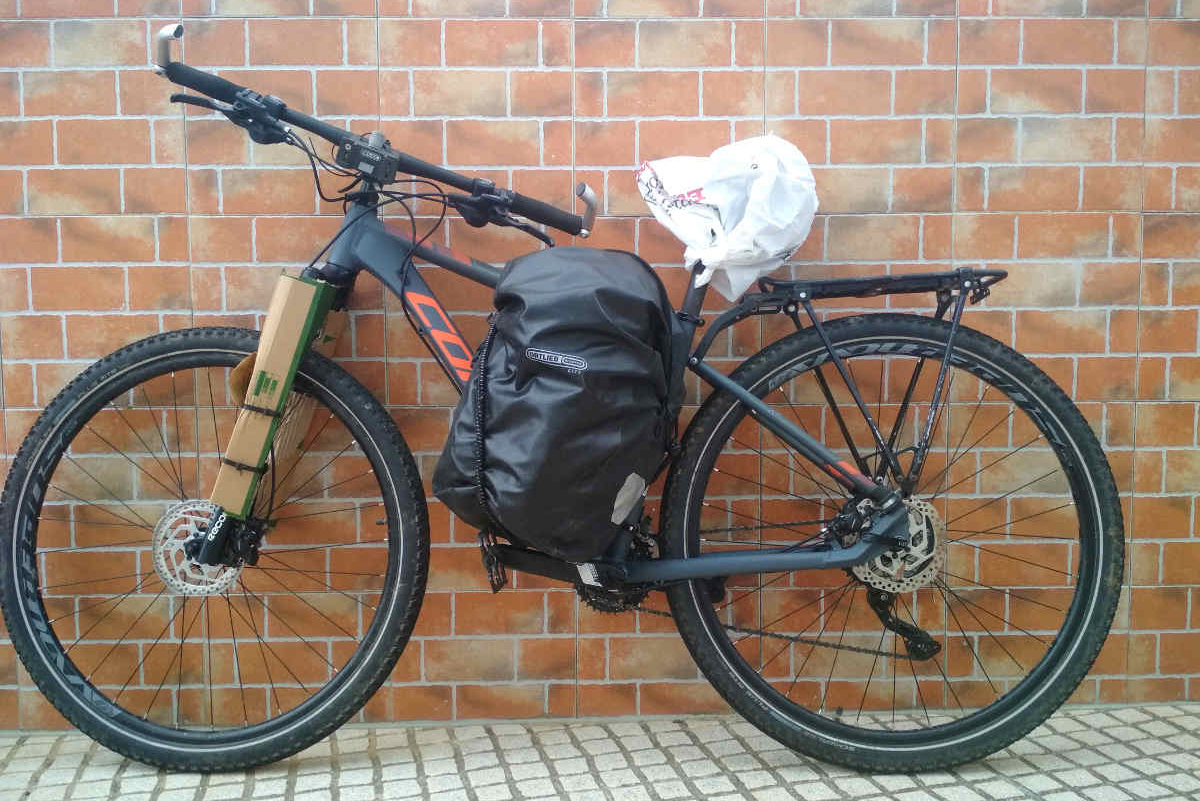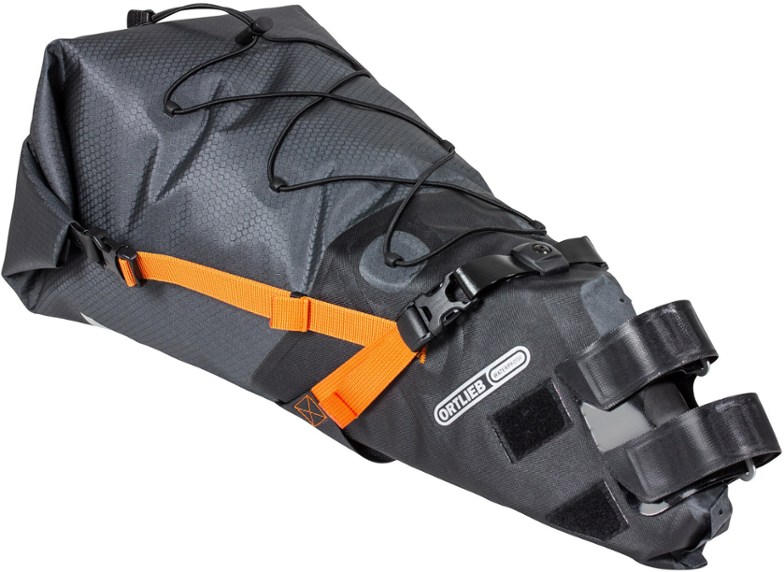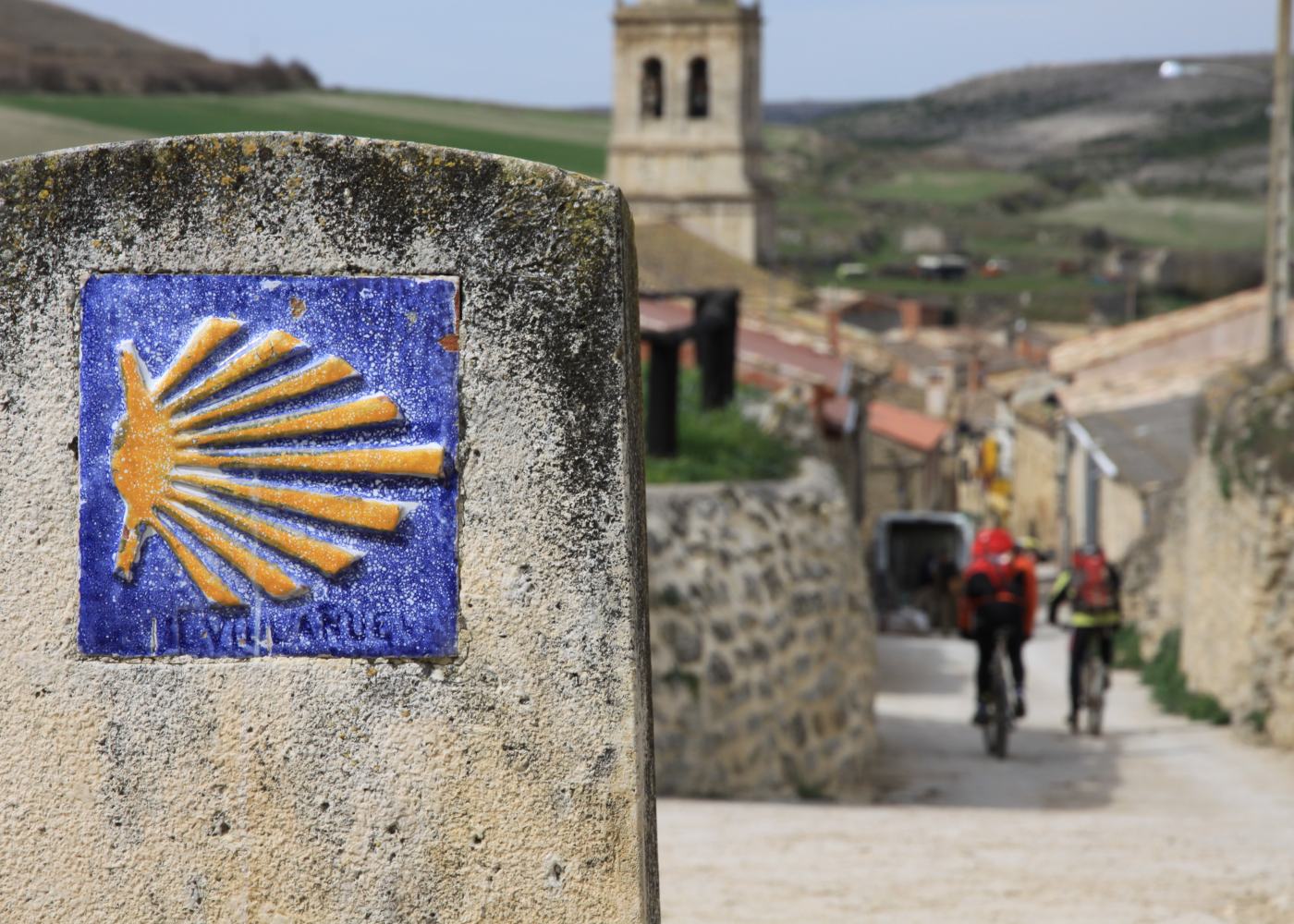Caminho Portugues
St James Way
Caminho
From Porto, the Saint James Way leaves on two different routes, reuniting near Vigo, Spain. The ‘Caminho da Costa’ presents a more accessible option, tracing a serene coastal path with straightforward terrain. Alternatively, the ‘Caminho do Centro’ presents a bigger challenge through the rugged northern Portuguese mountains.
The ‘Caminho da Costa’ unfolds coastal panoramas, showcasing golden beaches hugging the Atlantic’s blue waters. As riders pedal, they’re greeted by rolling hills adorned with vibrant flora, while occasional cliffs provide stunning vantage points over the vast ocean.
On the ‘Caminho do Centro,’ adventurers traverse a different landscape, immersing themselves in dense forests of ancient trees, traversing serene valleys, crossing crystalline streams and glimpses of the towering Peneda-Gerês National Park.
Historical landmarks punctuate this the St. James Way. Pilgrims encounter medieval towns like Barcelos and Ponte de Lima, each adorned with architectural treasures and atmospheric cobblestone streets. Churches and cathedrals, such as the Santiago de Compostela Cathedral, stand as enduring symbols of spiritual devotion and architectural grandeur.
Charming villages like Tui and Valença enchant with their ancient walls. Meanwhile, bustling towns like Redondela and Caldas de Reis pulsate with energy, inviting pilgrims to partake in local traditions and immerse themselves in the rich mosaic of Galician culture.
Along the ‘Caminho,’ cyclists will traverse diverse terrains. Exiting Porto, the St. James Way initially leads through suburban and industrial areas. We recommend an alternate scenic route along the picturesque river delta of Rio Douro, rejoining the original St. James Way later in Rates.
Throughout the entire route, roads and paths are well-maintained, especially upon reaching Spain. The central way includes some bumpy narrow forest paths adorned with thick roots and ancient cobblestones. The toughest stage without any doubts is to face after leaving Ponte de Lima. The highest elevation on this route, Labruja, presents a steep ascent and descent in challenging terrain, occasionally necessitating bike pushing or carrying. This is particularly noteworthy, especially for riders using heavier e-bikes.
We recommend
Travel MTB & E-Travel MTB
On the coastal way, gravel bikes can be a suitable choice. With some experience, approximately 80-90% of the route—whether paved or unpaved—can be comfortably traversed using gravel bikes. However, there are sections where mountain bikes are unquestionably preferable. Additionally, consider the travel season: the summer in the north is shorter, while spring and fall tend to be more rainy. During these periods, we highly recommend opting for mountain bikes.
Rental Bikes


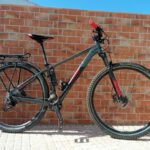
Gravel Bikes Full Suspension Travel MTB
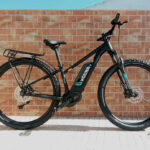
Travel E-MTB Men Travel E-MTB Woman
Log-In Area
Highlights
The Saint Jacobs Way is the most used pilgrimage way of the world. The “Caminho Portugues”, the Portuguese version with start in Lisbon or Porto is quickly winning popularity over the last years, but is still a hidden secret in compare to the traditional French way coming from northern Spain. Vibrant citys and charming historic cities border the way, no matter if it is the Caminho da Costa, the way along the coast, or the Caminho do Centro, the way through the northern Portuguese mountains.
As you traverse ancient routes and meander through picturesque countryside, every turn of the wheel unveils the raw beauty of Portugal. Pedal through sun-dappled vineyards, where the aroma of grapes fills the air, and feel the refreshing breeze as you ride along pristine coastal cliffs overlooking the Atlantic Ocean.
Discover the hidden gems of charming villages and towns along your path, where the warmth of the locals matches the Mediterranean sun. Cyclists become pilgrims, forging connections with fellow travelers from around the world, sharing stories by the campfire, and creating lasting bonds amidst the tranquility of nature.
With each ascent through rolling hills and descents into lush valleys, you’ll find your spirit soaring, your body rejuvenated, and your mind attuned to the serenity of the open road. This is more than a bike trip; it’s an immersive experience in which cycling becomes a gateway to unlocking the extraordinary beauty and untamed nature of Portugal. Let your journey along the Portuguese St. James Way be a symphony of cycling and nature, where your soul finds its rhythm amid the breathtaking landscapes of this unforgettable pilgrimage.”

